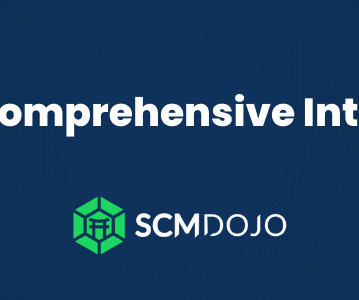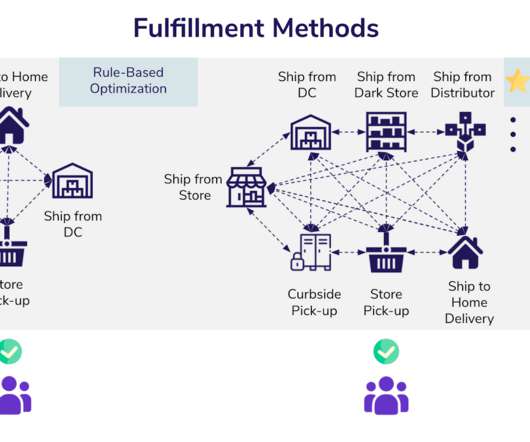What is Supply Chain Management? A Guide to Success
SCMDOJO
APRIL 29, 2024
A well-managed supply chain enables businesses to respond swiftly to market demands, mitigate risks, and seize growth opportunities. Key Components of Supply Chain Management To understand supply chain management better, let’s dive into its key components.












Let's personalize your content